Bid Strong, Bid Smart – Try Our Concrete Cost Estimating Service!
- Accurancy
- Efficiency
- Transparency
- Customization
- Time Saving
- Professionalism
- Cost Control
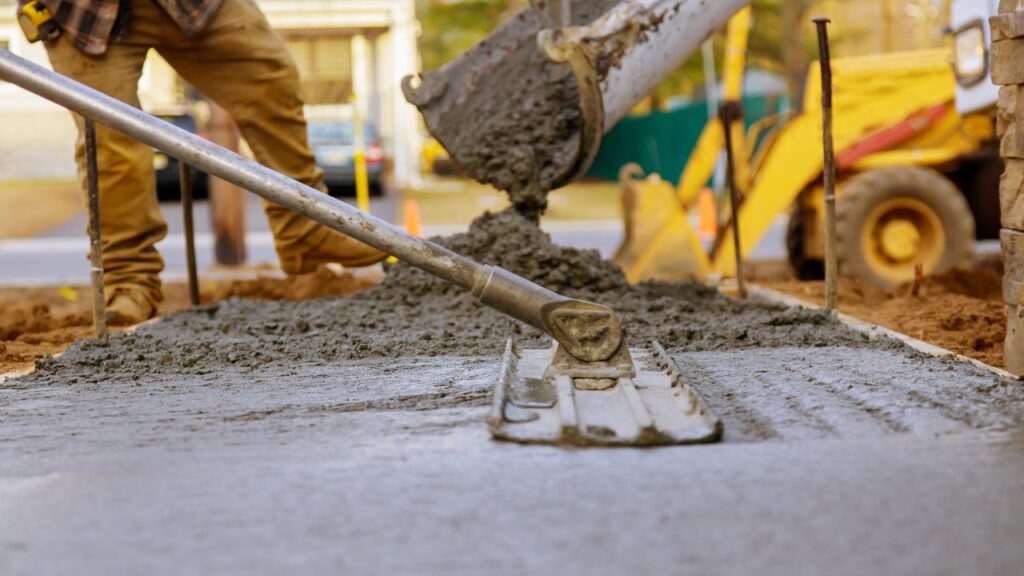
Concrete structures, renowned for their durability and strength, can withstand the test of time. However, factors like environmental exposure, wear and tear, and unforeseen events can lead to the deterioration of concrete over the years. When this occurs, restoration becomes imperative to ensure the structural integrity and aesthetics of the building. Understanding the costs associated with restoring concrete structures is crucial for property owners, developers, and construction professionals.As a general guideline, the restoration cost for concrete structures can range from $10 to $150 or more per square foot.
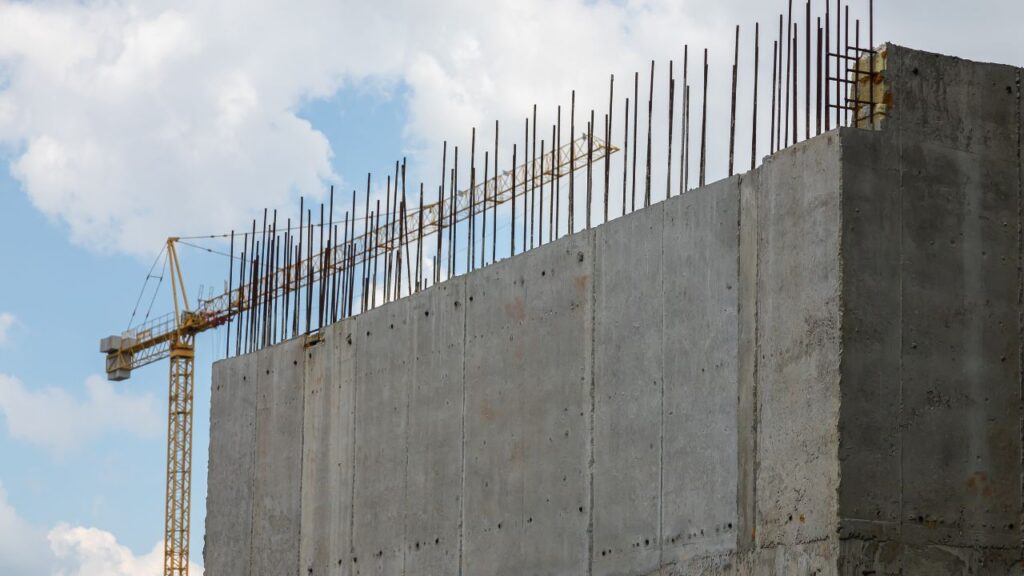
However, it’s important to note that this is a broad estimate, and actual costs can fall outside this range depending on the specific conditions of the project.
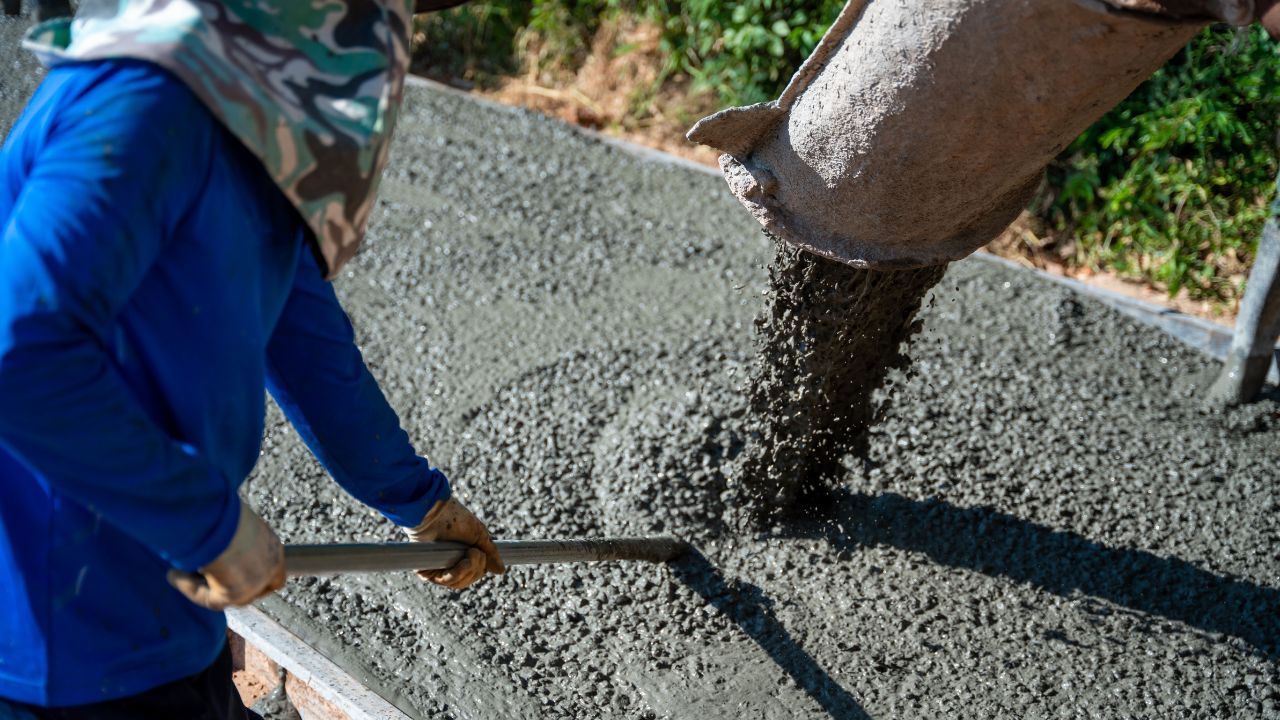
Fully Insured Licensed
Hire Contractor For Concrete Construction
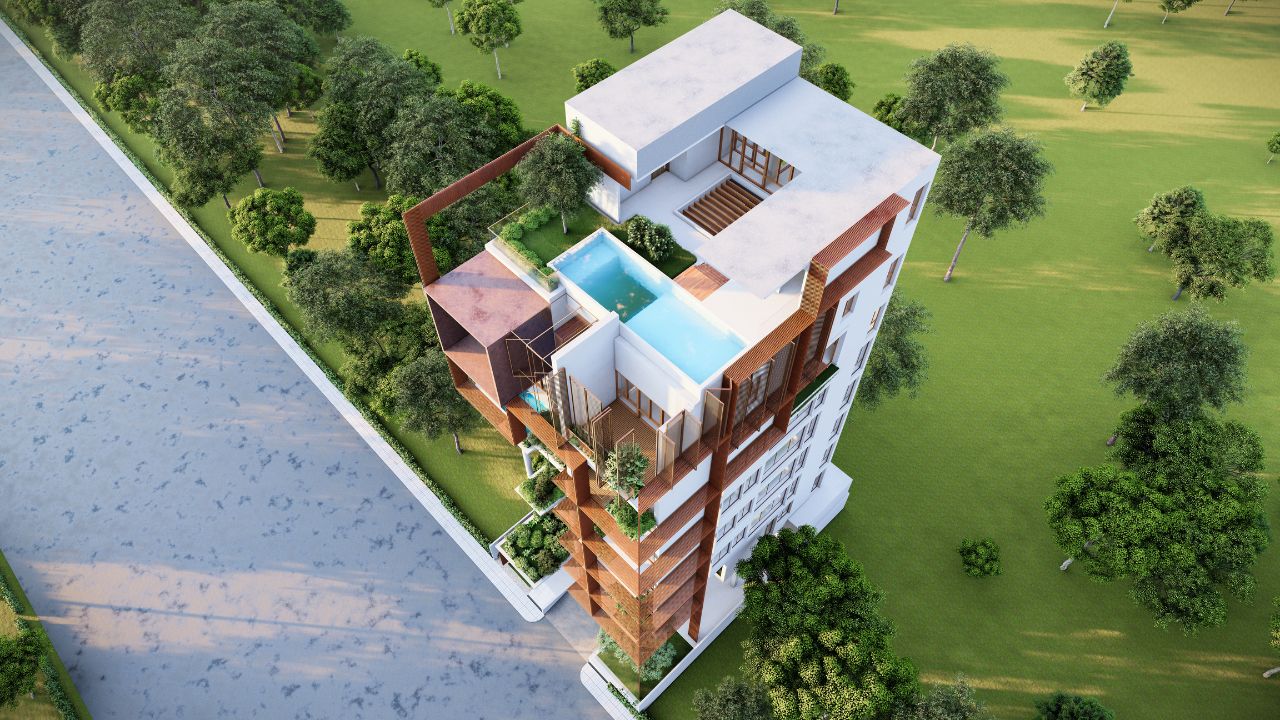
Make Informed Design Decisions Showcase Your Design Ideas
Get RenderingFoundation repair costs $400 to $1,280 for minor crack repairs and $3,200 to $19,200 to fix foundation leaks. The cost of foundation repairs for settling, sinking, or bowed walls is $7,200 to $32,000, depending on the house size and repair method. Foundation work is not a DIY project and requires a professional contractor.
Issue | Average Repair Cost | Common Repair Methods |
Foundation crack | $400 – $1,280 | Epoxy or crack stitching |
Foundation leak | $3,200 – $19,200 | Crack sealing |
Drainage system installation | ||
Waterproofing | ||
Settling or sinking foundation | $7,200 – $32,000 | Mudjacking |
Piering | ||
Helical piers | ||
Bowed foundation walls | $8,000 – $24,000 | Wall anchors |
Carbon fiber straps | ||
Helical tiebacks |
Minor repairs and patching involve addressing surface imperfections, cracks, or cosmetic blemishes in concrete structures. This cost-effective solution ranges from $10 to $30+ per square foot. These repairs primarily focus on restoring the visual appearance of the concrete and are not intended to address significant structural issues. Common procedures include crack filling, surface patching, and minor cosmetic enhancements.
For more extensive damage requiring structural repairs, such as spalling concrete or corrosion of reinforcement, medium-level restoration comes into play. Costs in this category range from $30 to $80+ per square foot, reflecting the increased complexity of repairs. Structural integrity is a primary concern, and interventions may include reinforcement repairs, addressing concrete deterioration, and restoring the load-bearing capacity of the structure.
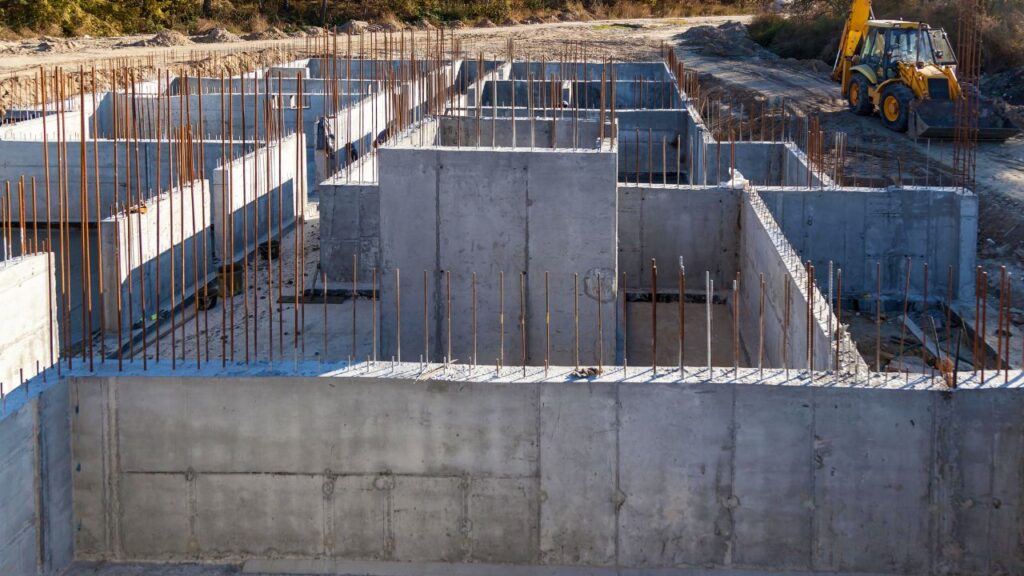
Projects falling under major structural restoration involve significant repairs, reinforcement replacement, or even extensive rebuilding. The cost for such endeavors can range from $80 to $150 or more per square foot. These complex projects demand specialized materials, engineering expertise, and intricate solutions to restore the structure’s integrity. Major structural restoration is essential when the foundational aspects of the concrete have been compromised.
Restoration projects involving historical or architecturally significant structures often incur higher costs due to the need for specialized craftsmanship and the preservation of unique features. Costs can surpass the general range mentioned above, reflecting the meticulous care required to maintain historical accuracy and architectural integrity. These projects go beyond functionality, emphasizing the preservation of cultural heritage and iconic architectural elements.
Several additional factors can significantly influence restoration costs. Accessibility challenges, regulatory compliance requirements, and the use of high-performance materials are among these considerations. These factors may lead to additional expenses outside the typical square foot cost and should be factored into the overall budget. Navigating these complexities requires a comprehensive understanding of the project’s unique circumstances, local regulations, and the specific challenges associated with the restoration process.
The extent and severity of damage serve as crucial factors influencing restoration costs for concrete structures. Superficial issues such as minor cracks or surface spalling may necessitate simpler and more cost-effective repairs. In contrast, substantial structural damage or the deterioration of reinforcing steel can significantly escalate costs. A detailed assessment of the damage’s extent is fundamental to formulating an effective restoration strategy, allowing for a tailored approach that addresses the specific challenges presented by the damage.

A comprehensive structural assessment is indispensable in understanding the underlying issues affecting a concrete structure. Beyond surface-level examination, this process delves into the structural integrity of the elements. If the damage extends beyond the visible surface, requiring a more in-depth restoration to ensure stability, the costs associated with these extensive repairs can be substantial. Identifying and addressing structural concerns early in the restoration process is not only essential for safety but also for managing costs effectively.
The choice of materials significantly influences the overall cost of restoration. Opting for high-quality and specialized materials designed explicitly for structural restoration may incur a higher initial cost but often proves cost-effective in the long run due to increased durability and longevity. The selection process involves a careful balance between cost efficiency and the long-term effectiveness of the chosen materials. Collaborating with structural engineers and material experts is crucial to making informed decisions that align with both budgetary constraints and the project’s longevity goals.
The location and accessibility of damaged areas can pose challenges in the restoration process. Difficult-to-reach places may necessitate the use of specialized equipment, impacting both time and labor costs. Restoration projects in such areas require meticulous planning to address accessibility challenges efficiently. Considering these challenges during the initial assessment helps create a realistic budget and timeline, ensuring that the restoration process remains both effective and economically viable.
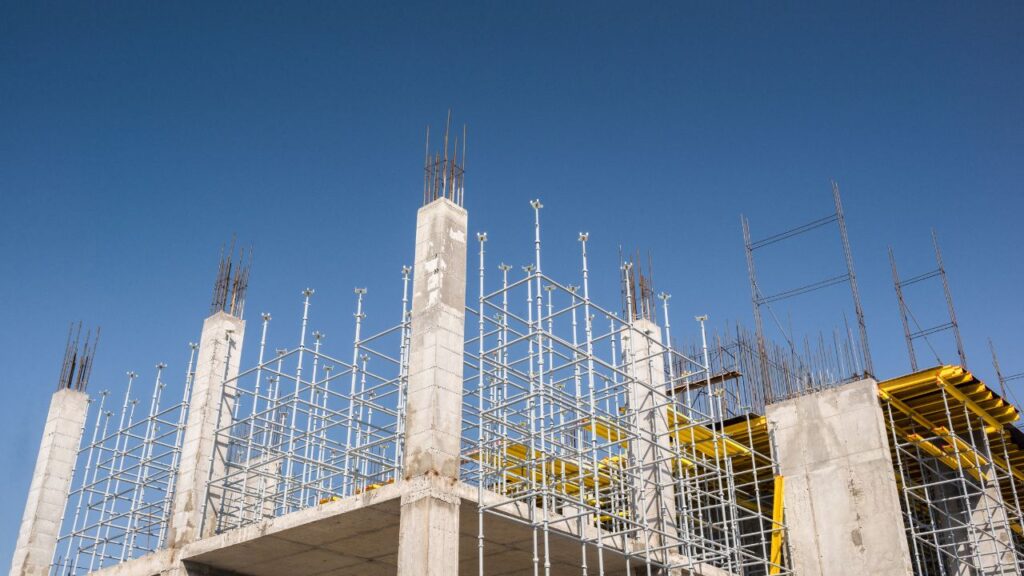
Concrete structures with intricate architectural features present unique challenges during restoration. Preserving these features or historical characteristics may require specialized craftsmanship, contributing to increased costs. The intricacy of the design elements influences the complexity of the restoration process, demanding a tailored approach that respects the original aesthetics while addressing structural concerns. Collaborative efforts between restoration professionals and architects are essential to achieving a harmonious balance between preserving architectural integrity and managing costs.
Compliance with local building codes and regulations is a critical consideration in concrete structure restoration. Adherence to specific restoration methods or materials mandated by regulatory authorities may impact costs. Failure to comply with these requirements can result in additional expenses, legal ramifications, and potential delays. Thorough familiarity with local regulations ensures that the restoration process aligns with legal standards, contributing to a seamless and cost-effective project execution.
Initiating the restoration process with a thorough initial assessment is a cornerstone in developing an accurate cost estimation. Engaging qualified structural engineers to conduct a comprehensive evaluation provides essential insights into the scope and nature of the damage. This phase establishes the foundation for a detailed restoration plan, allowing for a more precise budget that aligns with the specific requirements of the project. The initial assessment not only identifies visible issues but also unveils potential hidden challenges, contributing to a more informed and realistic cost estimation. Depending on the scale and complexity of the assessment, the associated costs can range from $5,000 to $15,000 or more.
Estimating material costs involves a meticulous evaluation of the type and quantity of materials required for restoration. Choosing high-performance materials that align with the structural demands and environmental conditions is crucial for ensuring the longevity and effectiveness of the restoration. While high-quality materials may contribute to initial costs, they often prove cost-effective in the long run by reducing the need for frequent repairs and enhancing the overall durability of the restored structure. Collaborating with material experts and suppliers is essential to make informed decisions that balance cost efficiency with long-term performance. Material costs can range from $20,000 to $50,000 or more based on the scale and specifications of the restoration project.
Labor costs encompass the compensation for skilled professionals tasked with executing the restoration work. The expertise required, the complexity of the restoration tasks, and the project timeline all contribute to the overall labor expenses. Investing in skilled labor ensures the proper execution of restoration processes, contributing to the structural integrity and long-term stability of the concrete structure. Accurate estimation of labor costs is pivotal for budgeting and resource allocation, reflecting a commitment to the quality and success of the restoration project. Labor costs can vary widely, ranging from $50 to $150 or more per hour per skilled professional.
Certain restoration tasks may demand specialized equipment and tools for precise execution. Including the costs associated with renting or purchasing such equipment in the overall budget is essential for maintaining efficiency and accuracy throughout the restoration process. Whether it’s concrete cutting tools, scaffolding, or machinery for intricate repairs, factoring in equipment costs ensures that the restoration team has the necessary resources to navigate diverse challenges. A well-equipped restoration process contributes to enhanced work quality and adherence to project timelines.
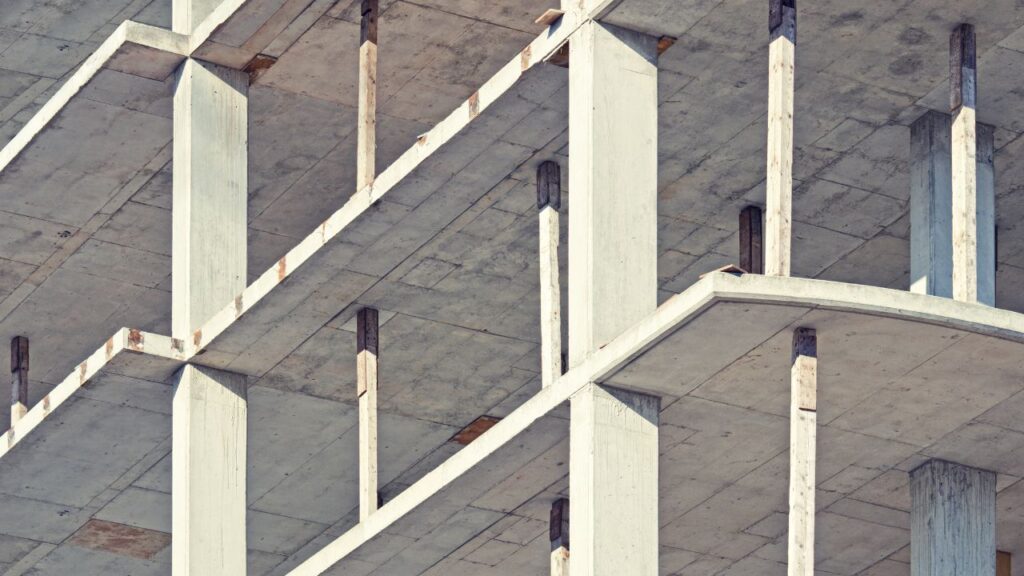
Equipment and tool costs can range from $10,000 to $30,000 or more based on the specific requirements of the restoration project.
The restoration process may unveil unforeseen issues or discoveries that could impact costs. Allocating a contingency budget serves as a financial safeguard against unexpected expenses, allowing for flexibility in addressing challenges without compromising the overall restoration plan. Unanticipated structural issues, changes in project scope, or external factors can be accommodated within the contingency budget, ensuring that the restoration project remains adaptable and resilient in the face of uncertainties. This budgeting strategy promotes effective risk management, contributing to the successful and financially prudent execution of the restoration endeavor. A standard contingency budget is typically set at 10% to 15% of the overall project cost.
Implementing a proactive maintenance plan is a strategic approach to preserving concrete structures. This involves regular inspections and preventive measures to identify and address issues at an early stage, preventing them from evolving into more extensive damage. By adopting a proactive stance, property owners and managers can mitigate the need for costly restoration projects. Proactive maintenance typically includes activities such as routine inspections, cleaning, sealing, and minor repairs. While there is an upfront investment, the long-term savings in restoration expenses make proactive maintenance a financially prudent strategy.
Boost your bidding strategy with detailed estimates for small and big projects. Residential or commercial, our service delivers results within 1-2 days.
Timely repairs play a crucial role in minimizing the overall cost of concrete structure maintenance. Addressing concrete damage promptly, whether it’s cracks, spalling, or other issues, can prevent the escalation of problems. The cost-effectiveness of timely repairs lies in their ability to prevent further deterioration, avoiding more extensive and costly restoration work down the line. Timely repairs are generally considered routine maintenance tasks and are essential for preserving the structural integrity and aesthetics of the concrete elements.
When selecting materials for concrete restoration, considering a life cycle cost analysis is essential. While high-quality materials may have a higher upfront cost, they often provide better long-term value by minimizing the need for frequent repairs. Engaging in a comprehensive life cycle cost analysis allows property owners to assess the total costs of materials, installation, and maintenance over the structure’s anticipated lifespan. This approach ensures that the selected materials align with both short-term budget constraints and long-term financial objectives.
Leveraging advanced technologies in concrete structure assessment is a proactive strategy that can contribute to cost-effective maintenance. Non-destructive testing and monitoring systems enable early detection of issues, allowing for timely interventions. Integrating technology into maintenance practices enhances the efficiency and accuracy of assessments, contributing to the overall longevity of the concrete structure.
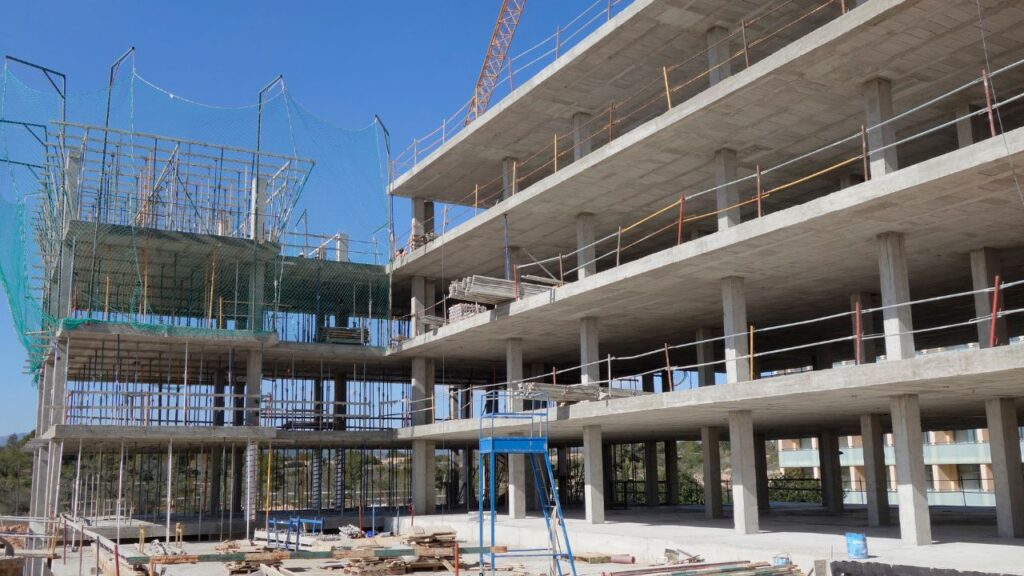
Obtaining competitive bids from reputable contractors is a fundamental aspect of ensuring cost-effectiveness in restoration projects. Property owners or managers should compare quotes from different restoration professionals based on the scope of work, materials, and expertise offered. The competitive bidding process helps property owners secure the best value for their investment and ensures that the selected contractor aligns with both budgetary constraints and quality expectations. The competitive bidding process involves soliciting proposals from multiple contractors, reviewing their qualifications, and selecting the one that best meets the project’s requirements. This systematic approach contributes to the successful and cost-efficient execution of restoration projects.
Understanding the restoration costs for concrete structures is vital for effective budgeting and successful project execution. The range of costs varies based on the nature and extent of restoration work, with factors such as damage severity, material selection, accessibility challenges, and architectural features influencing the overall expenses. A comprehensive cost estimation considers initial assessments, material costs, labor expenses, equipment needs, and contingency budgets. Proactive maintenance, timely repairs, life cycle cost analysis, technology integration, and competitive bidding are key strategies to optimize restoration costs and enhance the longevity of concrete structures. By embracing these considerations and strategies, property owners and construction professionals can navigate restoration projects efficiently, ensuring the preservation of structural integrity and architectural significance while managing costs effectively.
The cost of restoring concrete structures is influenced by various factors, including the extent of damage, the type of restoration required (minor, medium, or major), historical or architectural significance, accessibility challenges, regulatory compliance, material selection, labor costs, and the presence of intricate architectural features.
A comprehensive structural assessment is conducted by qualified engineers to understand the underlying issues affecting a concrete structure. This assessment goes beyond surface-level examination, delving into the structural integrity of the elements. The severity of damage, whether superficial or extensive, significantly impacts the overall restoration costs.
Material selection is a critical factor in restoration costs. Opting for high-quality and specialized materials designed for structural restoration may incur a higher initial cost but proves cost-effective in the long run due to increased durability. The selection process involves balancing cost efficiency with long-term effectiveness and requires collaboration with structural engineers and material experts.
Difficult-to-reach areas may necessitate the use of specialized equipment, impacting both time and labor costs. Meticulous planning during the initial assessment helps create a realistic budget and timeline. Restoration projects in such areas require careful consideration of accessibility challenges to ensure the process remains effective and economically viable.
A contingency budget serves as a financial safeguard against unforeseen issues or discoveries during the restoration process. It allows for flexibility in addressing challenges without compromising the overall restoration plan. Unanticipated structural issues, changes in project scope, or external factors can be accommodated within the contingency budget, promoting effective risk management.
Property owners can optimize restoration costs through proactive maintenance, timely repairs, life cycle cost analysis, technology integration, and competitive bidding. Implementing a proactive maintenance plan, addressing issues promptly, considering the long-term value of materials, leveraging advanced technologies, and obtaining competitive bids from reputable contractors contribute to cost-effectiveness in restoration projects.
Here I am going to share some steps to get your restoration for concrete structures cost estimate report.
You can send us your plan on info@estimatorflorida.com
Before starting your project, we send you a quote for your service. That quote will have detailed information about your project. Here you will get information about the size, difficulty, complexity and bid date when determining pricing.
Our team will takeoff and estimate your project. When we deliver you’ll receive a PDF and an Excel file of your estimate. We can also offer construction lead generation services for the jobs you’d like to pursue further.

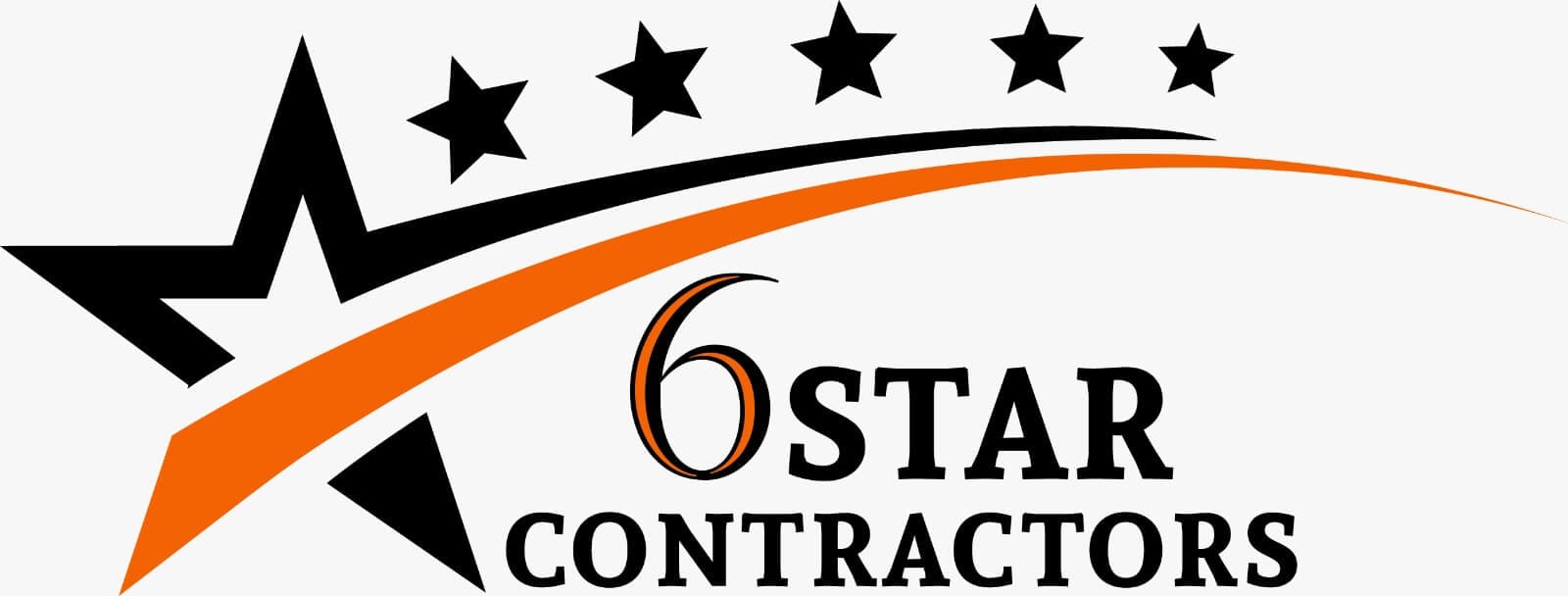

561-530-2845
info@estimatorflorida.com
Address
5245 Wiles Rd Apt 3-102 St. Pete Beach, FL 33073 United States
561-530-2845
info@estimatorflorida.com
Address
5245 Wiles Rd Apt 3-102 St. Pete Beach, FL 33073 United States
All copyright © Reserved | Designed By V Marketing Media | Disclaimer